It's 3 AM. Your two-person ship, a modest sloop, is anchored at Golden Sands Outpost while you sell off the loot from a five-hour voyage. You've been sailing as an emissary of the Gold Hoarders, and through questing for a lengthy stretch without your ship sinking, you managed to make it to rank 5. Now, every chest, trinket, and gem you sell is worth two and a half times its normal value, but there's a catch: Sailing with an emissary flag, particularly a high-level one, etches a giant red "X" on your back. Any player that sinks your ship and steals your emissary flag will get their own big payday, and pirates sworn to the new Reaper's Bones faction can even see you on their ship's navigation map if they rank up their own emissary flag high enough.
In an instant, your triumphant loot turn-in transforms into a disaster. Another duo's sloop rounds the corner behind your boat, positioning their cannons to lay waste to all your hard work. Adrenaline washes through your body like an icy tidal wave, but you saw them coming too late: An enemy player has boarded your ship with a dangerously explosive stronghold keg, which erupts as you hurl yourself from the deck. There's almost no way to recover from this onslaught; your entire boat is on fire, the hull is punched through with holes that gush water at an alarming rate, your mast is leaning uselessly to one side, your steering wheel is missing several pegs, the capstan (which raises your anchor) is half-broken, and the incoming cannonballs are knocking you around inside your own boat.
Somehow, incredibly, you and your crewmate repair the mast, raise the anchor, put out the fires on your deck, and lower the sails, all the while bailing water, hammering planks over the gouges in the hull, and using your trusty blunderbuss to fend off the other crew's continued attempts to board. By this point, your hands are violently shaking. You sail off and do the only thing you can: With the pursuing ship directly behind, you set your boat on a clear heading, jump off the back, and grab their ladders. Distracted as they are, you slay them both; in the interim before they respawn, you steer their boat onto some rocks, destroy their mast, lower their anchor, and use some handheld firebombs to light the whole thing up like a floating tinderbox.
You hail a glowing mermaid that returns you to your boat, and find that you've entered thick fog. You'll never know whether they sank or managed to save their ship, but one thing is certain: You lost them. The booty is yours, and once the adrenaline dissipates from your system, you'll sleep soundly--hours later than you'd intended, and with vivid dreams of burning ships on a colorful sea, but still.
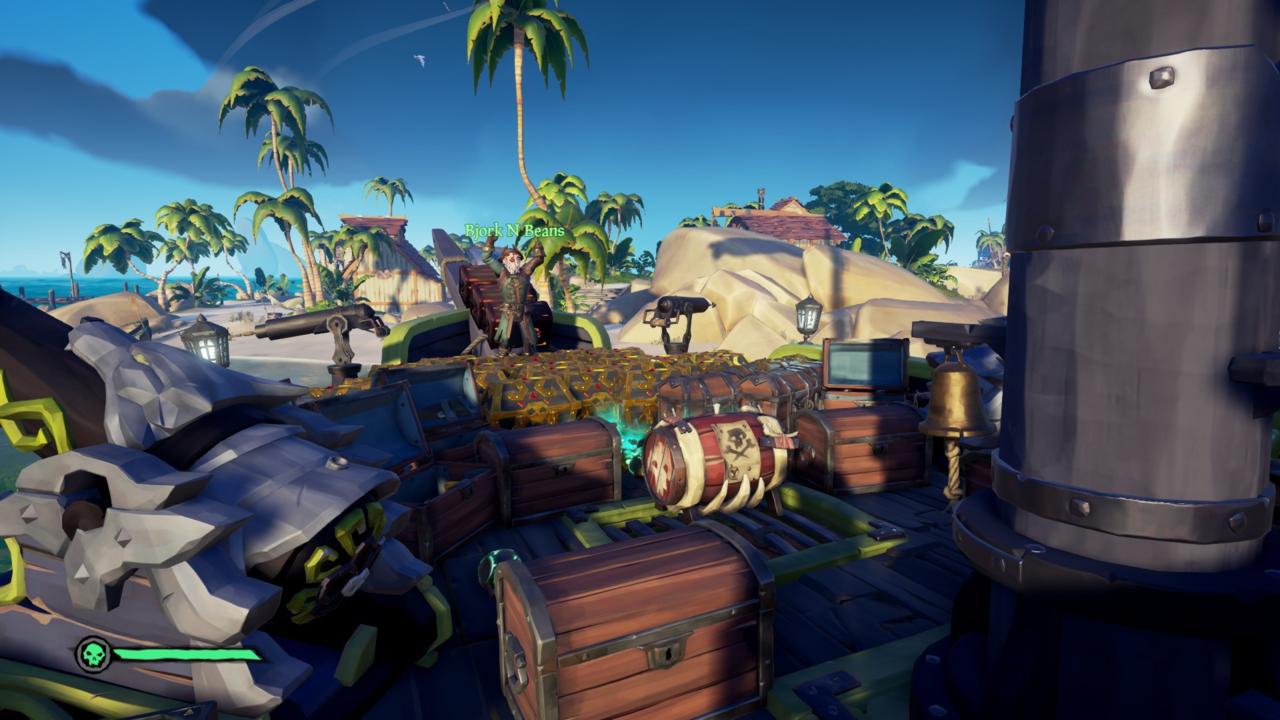
That kind of emergent, player-driven interaction has characterized Sea of Thieves since it launched in 2018, and many of the game's strengths, from its jaw-droppingly gorgeous art to the gripping feel of how ships control, have been present all along. But so many of the particulars of that tense encounter were only possible because of the countless features, tools, and systems that the developers at Rare have added to the game in the two years since, most recently in the massive April 2020 update called Ships of Fortune. The fire that spreads across your boat is new, as is the ability to revive fallen teammates, potentially avoiding lengthy respawn waits on the Ferry of the Damned. Hyper-specific ship damage like cracked, falling masts requires more coordination during fights and provides myriad ways to cripple opponents' boats, while additions like the twin harpoons cresting every ship and the rowboats you find around islands make new strategies possible. Players can even use real money to buy pets now, acquiring a monkey, bird, or cat that explores your ship, follows you on land, dances along to your hurdy-gurdy, celebrates when you unearth new treasure, and occasionally gives you away when it accompanies you to infiltrate an enemy ship.
But it's the emissary flags that have really propelled Sea of Thieves into new waters. By incentivizing players in various subtle ways, the emissary system, introduced in Ships of Fortune, solved many of the problems that have plagued this game for years. The risk/reward equation is simple: The longer you sail as an emissary, the higher your multiplier when you finally sell your prizes--but the more attractive you are as a target for other players looking to secure a payout without doing the questing themselves. This system is brilliant: It alleviates some of the game's arduous grind by making it easier to make money and rank up factions, speeding the climb to coveted Pirate Legend status. It encourages players to seek one another out rather than sail by as literal ships in the night; even if you're not sailing as a Reaper emissary, which can make other emissaries visible on the map, the long, banner-like flags are highly visible, and a level 5 emissary spied in the distance is a tempting morsel that many players will feel inclined to chase after. On the other hand, pledging to a faction at the start of every voyage is totally optional, and although foregoing the flag means accepting lower payouts at the end, it also means potentially flying under the radar when other players see your flag-less ship and judge that you probably aren't worth the trouble.
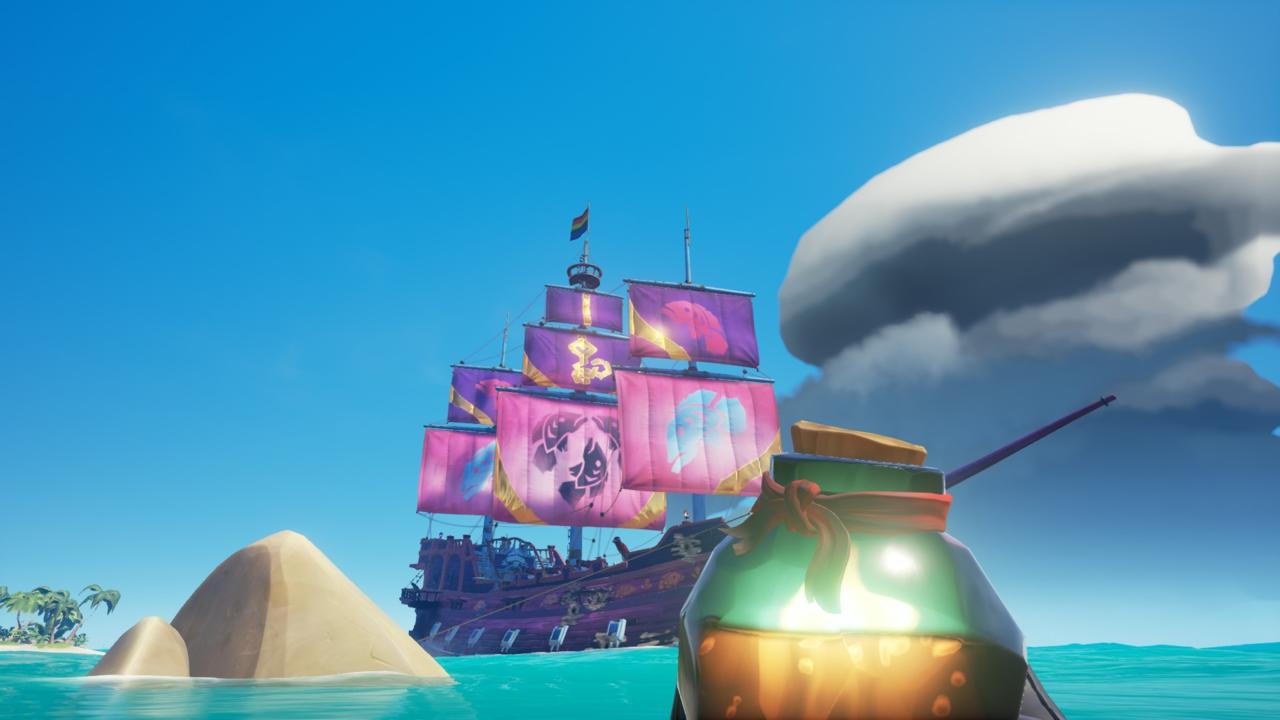
With some tuning to the numbers shortly after Ships of Fortune's launch, the emissary system has successfully incentivized players to take on bigger risks, making every voyage more rewarding and dangerous, while also enabling the meek and the pacifists out there to more often avoid conflicts with other players. It's flat-out brilliant.
Sea of Thieves always had the foundation of something great; even from its barebones launch, it was a blast to set sail with friends and wrestle with the triple sails and clunky handling of a massive galleon or embark on the nimble sloop and zip around the waves. At the beginning, there was little to actually do in the game, but Rare has gradually alleviated that pain with consistent content drops that have added everything from a series of dynamic, fun-to-solve narrative challenges called Tall Tales to an Arena mode that pits small or large crews against one another in bite-sized, hectic competitive matches. If you've been landlocked for any significant amount of time, your return to Sea of Thieves will be marked by unending discoveries, including a treacherous new area of the map called the Devil's Roar, massive amounts of new cosmetic items with which to deck out your pirate or your ship, a three-person ship called a brigantine, fishing and cooking, throwable grenade-like items that spread fire or knock players back, new world encounters like dangerous skeleton fleets, tough challenges like the Fort of the Damned, and other small and large surprises waiting to be discovered on every new voyage.
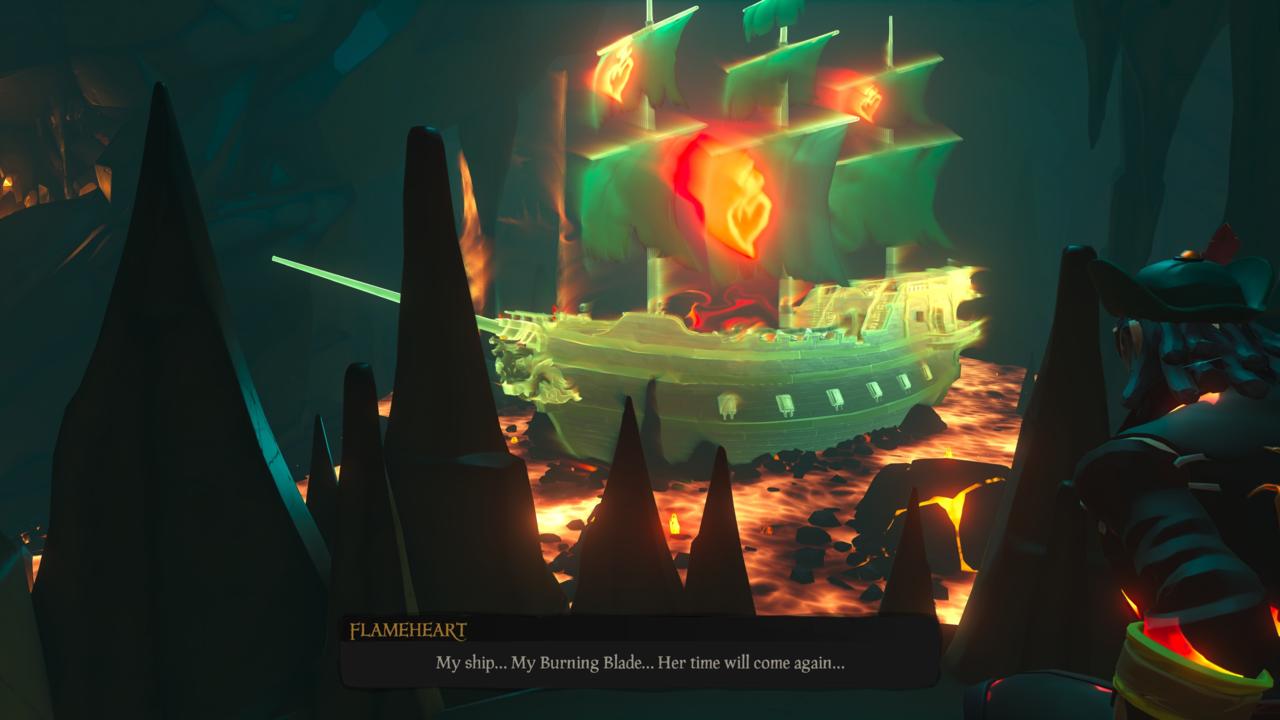
Granted, as the game's scope has continuously increased, Rare has clearly found it challenging to keep up with balance issues and bugs that have remained present for a long time. That journey described at the beginning stretched out to five grueling hours because a bug caused by a dreaded server merge (which tends to break things) had prevented us from steering our ship, beaching us on an island. As we tried to use gunpowder kegs to blast the ship free, it simply disappeared, disintegrating into thin air as hours' worth of loot rained from the sky around us. We had to respawn elsewhere and sail back to reclaim our treasure before it despawned, then raise a new emissary flag, restarting the climb to rank 5 in order to get the maximum payout. That made it all the more maddening when we were attacked at the end of the night. The fact that we managed to get away is the only thing separating that harrowing story of risk and reward from an infuriating nightmare that would have necessitated taking a break from the game for a few days.
The most recent update, which arrived toward the end of May, contained many quality-of-life improvements, but also brought with it brand new bugs; players' musical instruments are mysteriously going silent, boats emit a nails-on-chalkboard scraping sound even when in the middle of the sea, and ship textures are popping in and out so severely that it can be difficult to recognize one's own boat when moored at an island. Meanwhile, balance problems persist. The blunderbuss weapon can one-shot opponents, but in an inconsistent way that feels like it has more to do with your network ping than your aim. In the Arena, players can rack up more points by continuously pelting a single enemy ship with cannon fire than by actually completing the objective of securing treasure chests. And nothing is more frustrating than losing hours' worth of work when your ship sinks, not because you were surprised or outmaneuvered by another player or due to any mistake on your part, but because the game decided to spawn a kraken, a megalodon, and a skeleton ship simultaneously at your location, sometimes while you're also in a dangerous storm that makes it hard to navigate, or with a deadly volcano erupting nearby if you've ventured into the Devil's Roar.
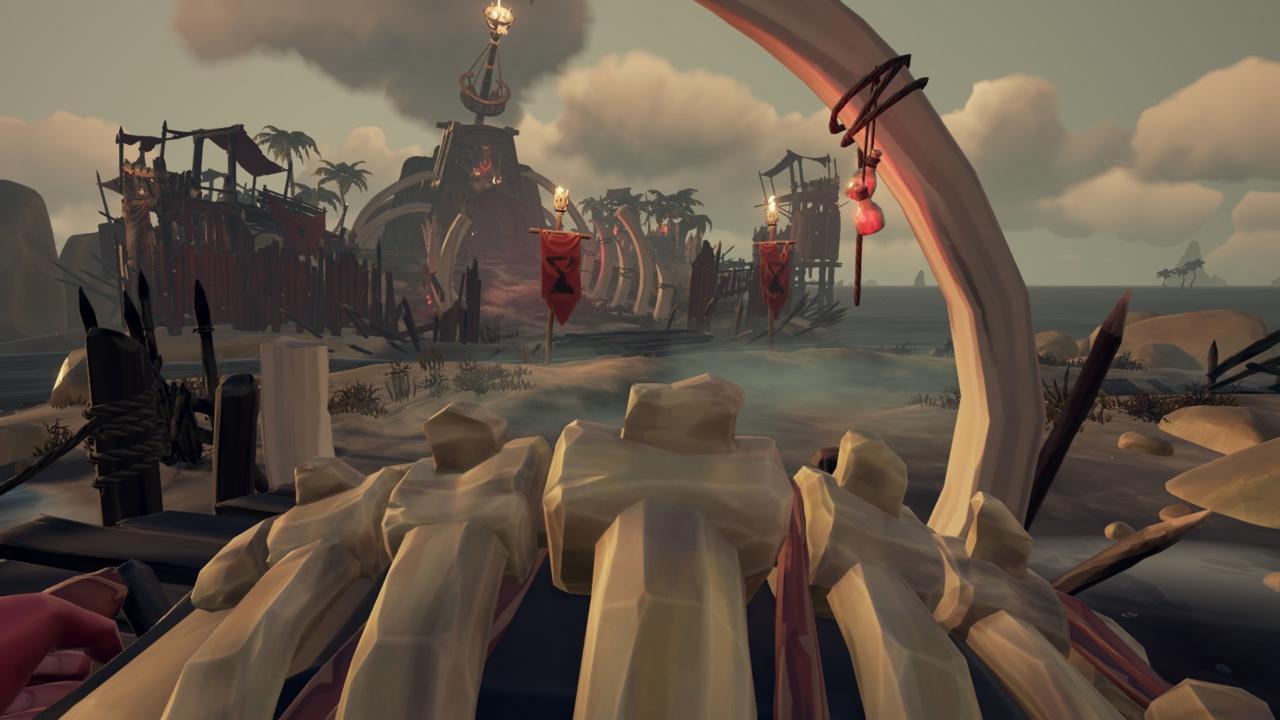
The more time you invest into Sea of Thieves, the more those instances seem to stack up, creating a laundry list in your mind of all the things Rare has failed to address or improve. And so much of this game is designed to keep you playing; Sea of Thieves is full of commendations, promotions, and unlockables that require unholy numbers of kills, voyage completions, or other milestones to unlock. It's a treacherous whirlpool of investment--it takes dozens and dozens of hours to reach Pirate Legend level, but that isn't the end, as in addition to a new area for you to hang out in at outposts, it also adds a new faction to level, cool cosmetics you will definitely want to grind for, and pages of commendations for you to unlock. How many skeleton ships have you fought and sunk on your voyage so far? It doesn't matter, since you need to sink 500 more after hitting Pirate Legend to unlock those colorful cannons for your ship, for example.
Those concentric circles of investment, twisting in on one another so that the more you play, the more you're compelled to continue playing, can feel exploitative at times. And players seeking higher and higher payouts will find short sessions increasingly unrewarding, creating a need to play for long stretches without breaks, lest you get surprised by another ship while on a dog walk or disconnected by the game's aggressive AFK penalties. To compound that, the game regularly goes offline for maintenance and patch releases, but the only in-game notification about it appears just 15 minutes before the servers shut down, which is barely long enough to race to the nearest outpost and turn in. If you missed the official Tweet or Reddit post about it, you're out of luck, and likely to feel like you wasted a bunch of time climbing emissary ranks or fighting a lengthy sea battle when the shutdown arrives unexpectedly several hours into your session.
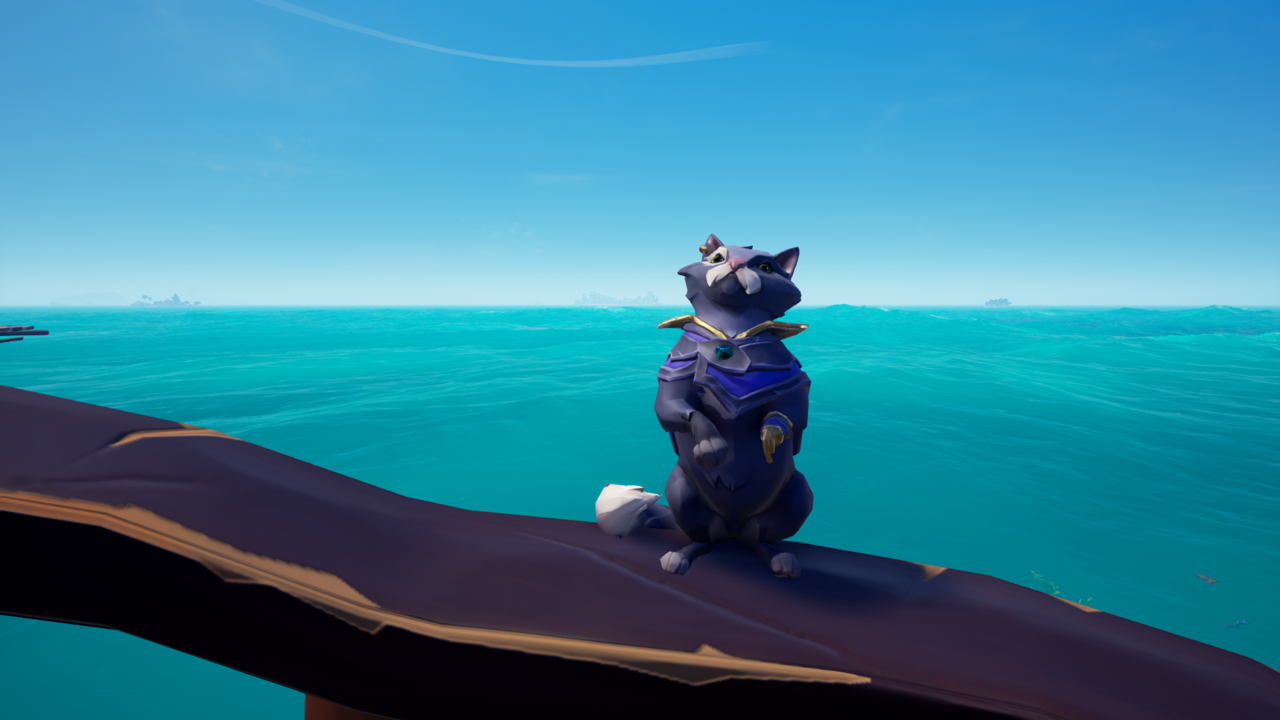
On the other hand, no matter how high you climb, you'll never unlock anything that's technically better than what the greenest sailors on their maiden voyage possess; every single unlockable in the game remains purely cosmetic. What's the harm of some true stretch goals for the most dedicated pirates? Many players will never reach those heights (or lows, depending on your perspective), but unlike when Sea of Thieves launched, at this point, there's no shortage of other things to do. The "Tall Tale" story missions, in particular, provide a good starting point for new players to learn the ropes, while also offering a grind for dedicated players who want to repeat them over and over to earn certain cosmetics.
Now more than at any other point, Sea of Thieves caters to all types of players, from casual sailors who simply want to goof off with their friends, to steadfast Pirate Legends who live to hunt achievements and murder out their boats in the rarest skins available. Unlike in many similar games, where once-exclusive items lose their status gradually as the developers make them easier to attain over time, Sea of Thieves still has gear that can make an impression on other players, like sails that say "don't mess with this ship" when potential attackers glimpse them on the horizon. The stories of loot lost and ranks not gained, or, on the other hand, narrow escapes and knife's-edge victories, only have weight because there are hard-to-obtain rewards that matter to players, and every bit of booty counts.
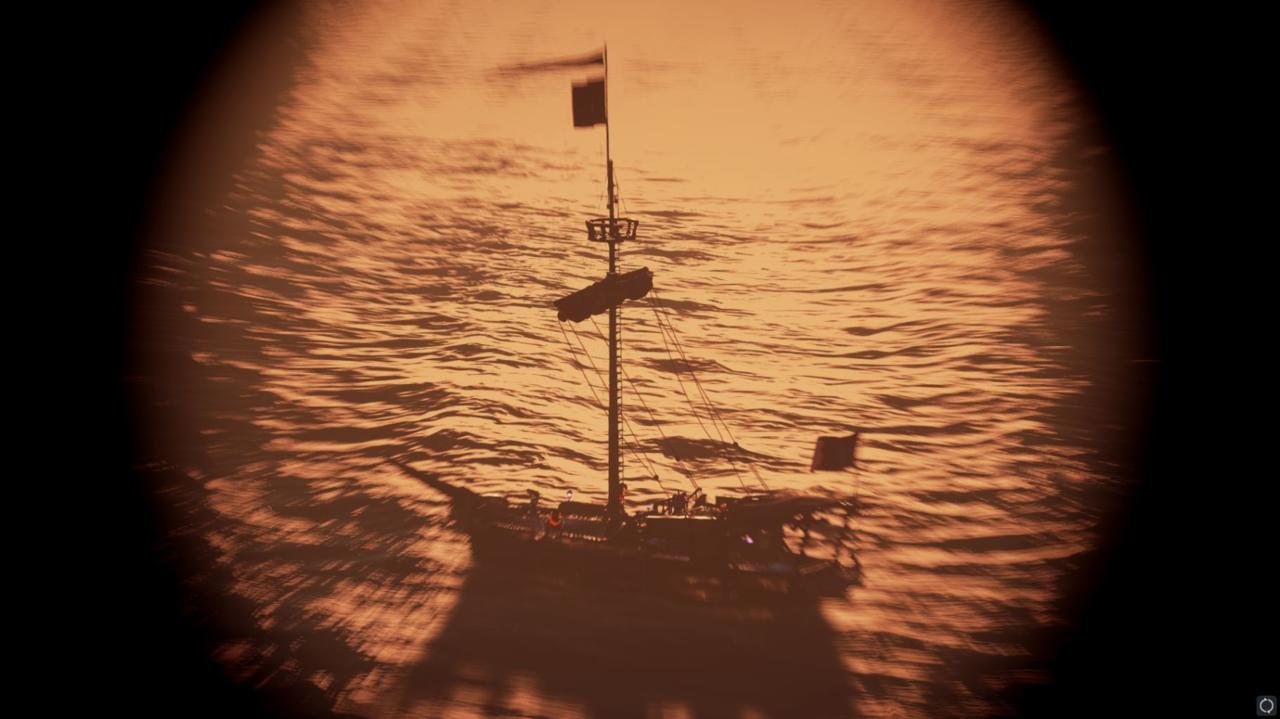
Sure, certain players have begged Rare for a "PVE-only mode"--servers in which you can't be attacked by other players--since Sea of Thieves' inception. But the danger of being dumpstered by another crew is this game's beating heart. No matter how good you think you are, how many hours you've invested, and how badly you don't want to lose the haul you have onboard your ship, crushing defeat is a single moment of inattention or a lone infiltrator holding a deadly gunpowder keg away.
Since the game's launch over two years ago, Rare has worked continuously to build on Sea of Thieves' strong framework, and the countless features and systems they've added have all enhanced that core, undeniable truth. They still have work to do, and for some players, it will never be enough. But there are open seas and clear skies ahead. For the current and future Pirate Legends out there--and even for the players who will never reach that level, but simply want to make some of their own tall tales out on the unforgiving waves--Sea of Thieves is finally a voyage worth embarking on.
Sea of Thieves is featured on our list of the best Xbox co-op games.